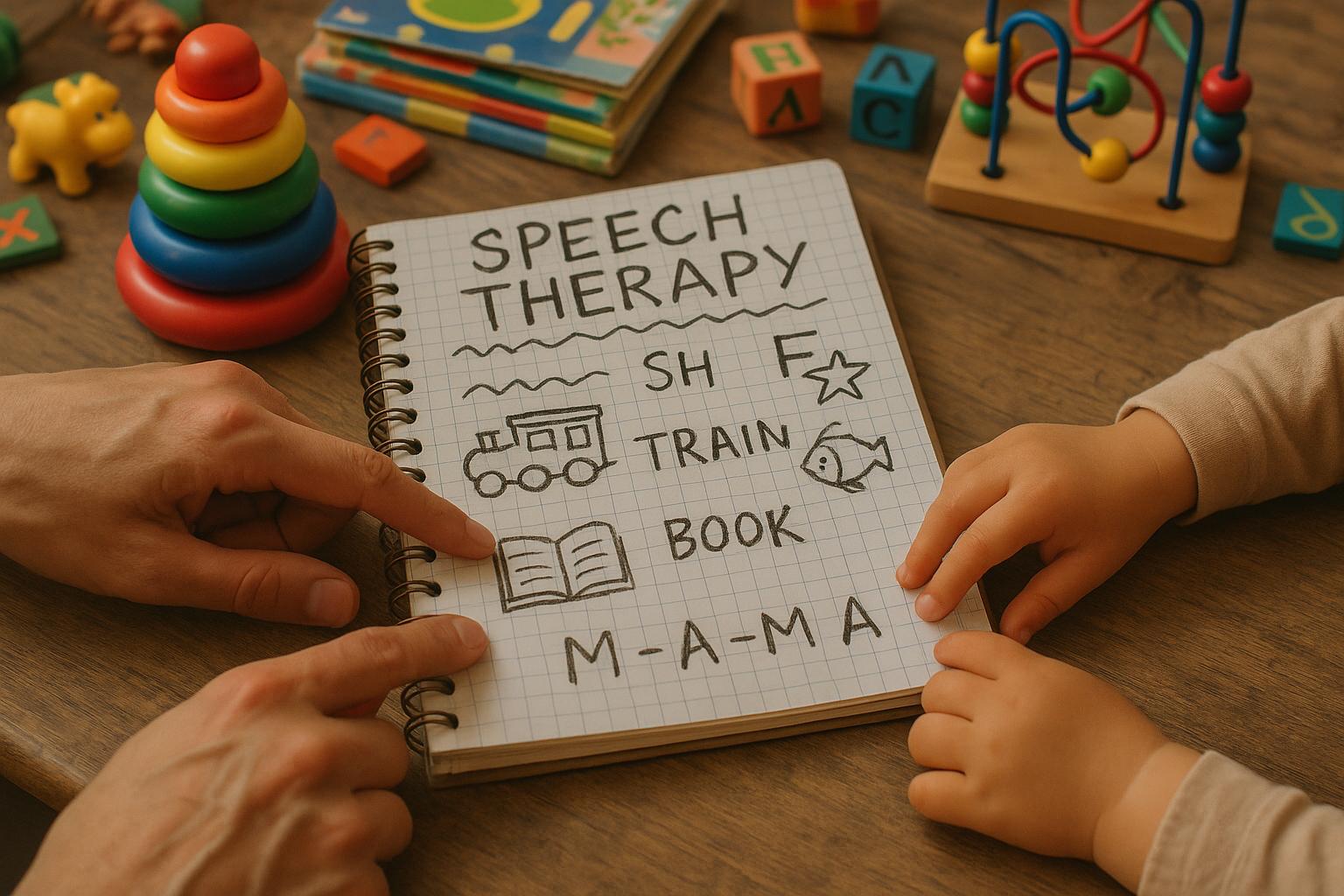Joanne Jones, a seasoned speech therapist with over 20 years of NHS experience, highlights a growing crisis in speech, language, and communication support for children in Scotland. “I think one in five children now have got speech, language, and communication difficulties pre-school,” she states, reflecting a significant rise in demand that far outstrips the capacity of existing speech therapy departments. This surge, she explains, is compounded by budget cuts and financial constraints where "speech therapy is not always up there" in funding priorities. Research underscores this challenge, revealing that thousands of Scottish children face prolonged waits even for an initial assessment, while government data indicates a more than 50% increase over the past decade in pupils with recognised language or speech disorders, alongside a sharp rise in those requiring general communication support.
Jones’s observations resonate with trends seen globally. In the United States, for example, statistics from the National Institute on Deafness and Other Communication Disorders (NIDCD) show that roughly 7.2% of children aged 3 to 17 experience voice, speech, or language disorders annually, with the highest prevalence (10.8%) in preschoolers aged 3-6. Boys are statistically more likely to be affected than girls, and there are notable variations across racial and ethnic groups. Despite the prevalence, only about 60% of affected children receive intervention, with disparities evident based on race and gender. This gap in timely intervention often exacerbates developmental challenges and associated mental health issues among children with speech, language, and communication needs (SLCN).
The importance of early identification and intervention is widely recognised by medical authorities. The US Preventive Services Task Force (USPSTF) recommends screening for speech and language delays in children aged five and younger, noting that about 10% of children enter school with SLCN that can impact educational and social outcomes. However, the USPSTF also highlights the need for further research to better define the most effective screening and intervention strategies. Concurrently, experts emphasise the adverse mental health implications of unmet communication needs. A research study reported by Twinkl News underlines that children with SLCN are at higher risk of emotional difficulties, underscoring the necessity for interventions that combine both language development and mental health support.
Faced with overstretched services and lengthy waiting lists that leave families anxious and without support, Jones sought innovative solutions beyond traditional therapy models. She launched a free, social media-based five-day challenge aimed at empowering parents to actively support their children's communication development from home. The overwhelming participation led her to develop the more structured "Can Do" programme, which adopts a strength-based approach, focusing on what the child can do rather than deficits. Jones observed that when parents engage with their children’s interests and capabilities, progress is notable, and parental anxiety significantly reduces.
However, in 2023, algorithm changes on social media threatened the reach of these initiatives. Undeterred, Jones collaborated with NHS contacts and tech professionals to create accessible delivery methods, leading to the development of a bespoke app and a pioneering use of the popular messaging service WhatsApp to distribute resources and guidance. This method removes barriers such as complicated logins and caters to diverse demographic needs. NHS Greater Manchester reported offering Can Do on a ‘while you wait’ basis to families, describing it as “a huge success, exceeding all of our expectations with overwhelmingly positive feedback.”
Jones stresses that the Can Do programme is intended to supplement, not replace, professional speech therapy. She emphasises its role in equipping parents with practical skills and support during what can be a protracted wait for formal therapy. This preparatory engagement benefits the child, reduces family stress, and ultimately improves the efficiency and outcomes of subsequent therapy sessions. The approach reflects a broader recognition in the field that early, family-centred intervention is vital for effective management of speech and language disorders.
Overall, the increasing prevalence of speech and language difficulties among children, contrasted with limited service capacity, calls for innovative support models. Integrating technology and empowering families through accessible, evidence-informed programmes like Can Do represents a promising step towards addressing these systemic challenges. Yet, ongoing research and investment are crucial to ensure all children receive timely, effective support to reach their full communicative potential.
📌 Reference Map:
- Paragraph 1 – [1], [4]
- Paragraph 2 – [2], [6]
- Paragraph 3 – [3], [5]
- Paragraph 4 – [1]
- Paragraph 5 – [1]
- Paragraph 6 – [1]
- Paragraph 7 – [1], [7]
Source: Noah Wire Services
